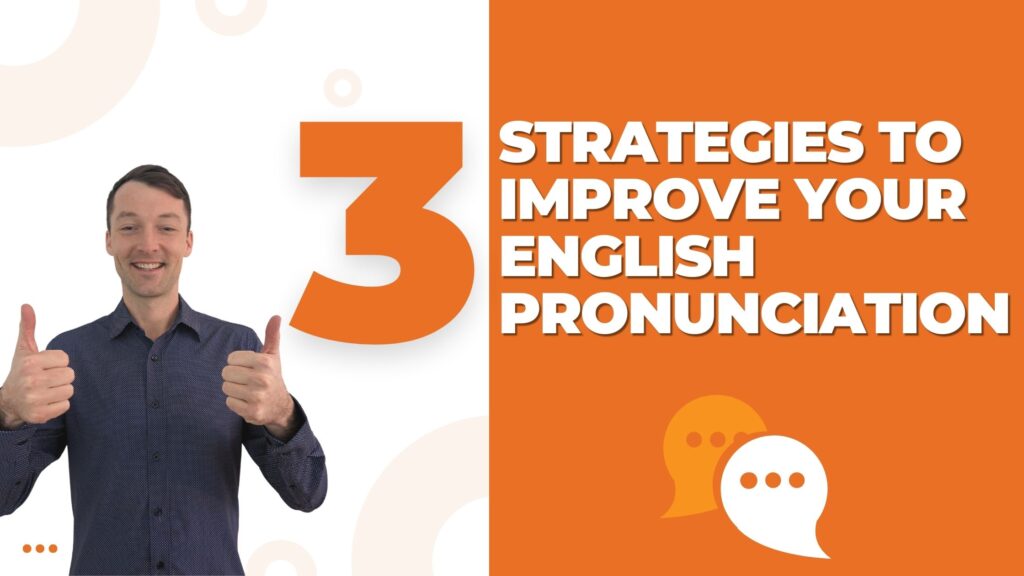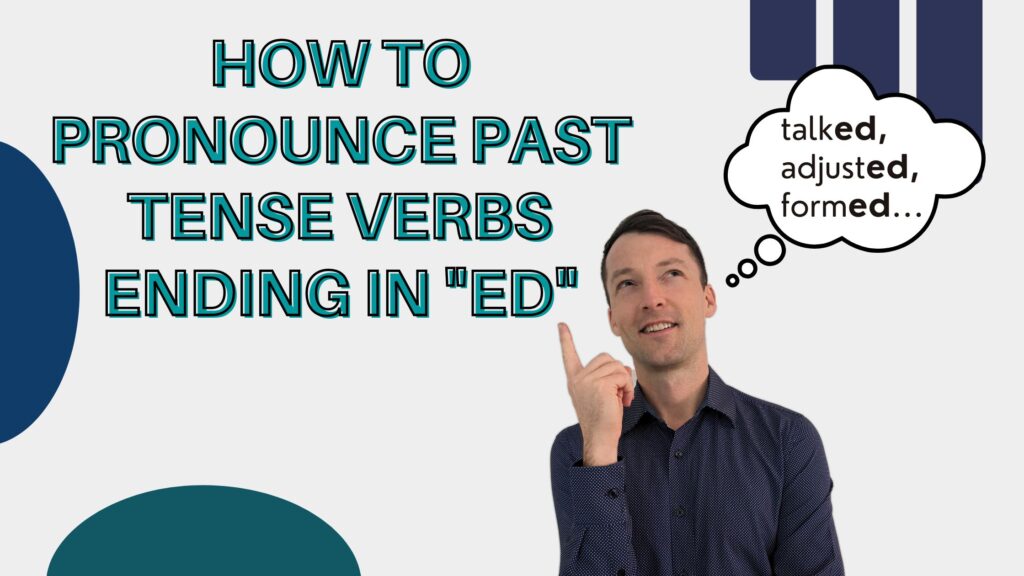There are 4 sentence types in English: simple, compound, complex, and compound-complex. We use some of these sentence types frequently in conversation. We use others more frequently in writing. In this posting I talk about the 4 sentence types and how they are used. There will be many example sentences. The download at the end will help you use and understand the 4 sentence types in English.
Let us look at each of the 4 sentence types.
Simple sentences
The most basic of the 4 sentence types is the simple sentence. All other sentence types build on the simple sentence. A simple sentence has only one independent clause and expresses a complete thought. A clause is a group of words with a subject and a verb. An independent clause can stand alone as a sentence and makes sense. We use many simple sentences in conversation. We also use these sentences in writing, but not as often as in speech.
Simple sentence patterns
Simple sentences come in 4 patterns.
- S-V–The baby played with his toys
 . Baby is the subject and played is the verb. This sentence contains one independent clause and is a complete thought.
. Baby is the subject and played is the verb. This sentence contains one independent clause and is a complete thought. - S-S-V—John and Mary took a vacation
 . John and mary is a double subject, but the sentence still has only one clause. There is still only one complete thought in the sentence.
. John and mary is a double subject, but the sentence still has only one clause. There is still only one complete thought in the sentence. - S-V-V–The couple next door painted their house and planted a garden. The sentence has a double verb, but contains only one complete thought.
- S-S-V-V—Bob and Bill played football and watched TV
 . Even though the sentence has a double subject and a double verb, it contain only one complete thought.
. Even though the sentence has a double subject and a double verb, it contain only one complete thought.
Compound sentences
Compound sentences are built on simple sentences. The contain two independent clauses. This means that each clause can stand alone, and could be a complete simple sentence. We link the two clauses together with a coordinating conjunction. You can remember the coordinating conjunctions with the acronym, FANBOYS (for, and, nor, but, or, yet, so). Put a comma (,) between the clauses right before the conjunction. We use compound sentences frequently in both speaking and writing.
- Carlos doesn’t speak English, for he is from Cuba
 . Carlos doesn’t speak English is one clause and could be a complete, simple sentence. He is from Cuba is the second clause and could also be a complete, simple sentence. For means “because.”
. Carlos doesn’t speak English is one clause and could be a complete, simple sentence. He is from Cuba is the second clause and could also be a complete, simple sentence. For means “because.” - I live in Colorado, and my family lives in New York
 . And means that each cause in the sentence is of equal weight and importance.
. And means that each cause in the sentence is of equal weight and importance. - I don’t like milk, nor do I like cottage cheese
 . Nor means that both clauses are equally negative.
. Nor means that both clauses are equally negative. - She is a doctor, but her brother is a lawyer
 . But shows contrast.
. But shows contrast. - You can come with us, or you can stay home
 . Or shows us that there is a choice.
. Or shows us that there is a choice. - They were tired, yet they went out to see a movie
 . Yet means that they did something even though they had a good reason not to.
. Yet means that they did something even though they had a good reason not to. - Joseph was sick, so he went to the doctor
 . So tells us that the second clause is the result of the first.
. So tells us that the second clause is the result of the first.
Sometimes the clauses in a complex sentence can be linked with a semi-colon (;) instead of a coordinating conjunction.
His plane landed late; he took an Uber to his hotel ![]() .
.
Complex sentences
Complex sentences contain two clauses. One is an independent clause meaning that it can stand alone. The other is a dependent clause. A dependent clause cannot stand alone. It would not make sense without the independent clause. The two clauses are linked by a subordinating conjunction. We use complex sentences in conversation, but we use them more often in writing.
Types of subordinating conjunctions
There are 6 types of subordinating conjunctions. You will see example sentences using each type. The dependent clause may come before are after the independent clause. If the dependent clause comes first, we separate the clauses with a comma.
- Contrast: although, even though, while, though
Even though he earns a good salary, he never has any money ![]() . He never has any money is the independent clause. It could stand alone as a simple sentence. Even though he earns a good salary is the dependent clause. It does not make sense by itself, but it gives the sentence new meaning when it it joined to the independent clause.
. He never has any money is the independent clause. It could stand alone as a simple sentence. Even though he earns a good salary is the dependent clause. It does not make sense by itself, but it gives the sentence new meaning when it it joined to the independent clause.
2. Cause: because, since, as
Because she hated snow, she moved to Florida ![]() .
.
3. Condition: if, when, unless
Don’t come to work late unless you want to get fired ![]() . The sentence begins with the independent clause, don’t come to work late. Since the independent clause comes first, there is no need for a comma.
. The sentence begins with the independent clause, don’t come to work late. Since the independent clause comes first, there is no need for a comma.
4. Time: whenever, once, before, after, until, as soon as
As soon as I find a new job, I’ll start looking for a better car ![]() .
.
5. Place: where, wherever
I want to vacation on a tropical island where the beaches are beautiful ![]() .
.
6. Relative pronouns: who, which, that
The person who invented Scotch tape was a genius ![]() . Note that the dependent clause, who invented Scotch tape, comes in the middle of the independent clause. The independent clause is the person was a genius. We place the dependent clause next to the word is describes, person.
. Note that the dependent clause, who invented Scotch tape, comes in the middle of the independent clause. The independent clause is the person was a genius. We place the dependent clause next to the word is describes, person.
Compound-complex sentences
Compound-complex sentences are a combination of a compound sentence and a complex sentence. Therefore, these sentences have at least 3 clauses: two independent clauses and at least one dependent clause. Of all the sentence types, this one can be very long and complicated to read and understand. We don’t use compound-complex sentences much in speaking. Instead, we use them more in very formal or academic writing. Here is an example of a compound-complex sentence.
After the Broncos lost the Super Bowl, they cleaned out their lockers, and they boarded the plane for home ![]() . After the broncos lost the Super Bowl is the dependent clause. The first independent clause is they cleaned out their lockers. The second is they boarded the plane for home.
. After the broncos lost the Super Bowl is the dependent clause. The first independent clause is they cleaned out their lockers. The second is they boarded the plane for home.
You now know that there are 4 sentence types in English: simple, compound, complex, and compound-complex. All sentence types are built from the simple sentence. Simple sentences have one independent clause, whereas compound sentences have two. Complex sentences have an independent and a dependent clause. Finally, compound-complex sentences have two independent clauses and at least one dependent clause. We use simple sentences most often in speaking. We use compound and complex sentences in speaking as well, and we use all three sentence types in writing. However, we use compound-complex sentences mostly in writing. The download will give you additional practice using the 4 sentence types.
Idioms of the day
- day in and day out
 –This means everyday, continuously. They have been working on painting their new house day in and day out.
–This means everyday, continuously. They have been working on painting their new house day in and day out. - to wear many (or several) hats
 –This means to have several jobs or several roles in life. I wear many hats. I am a wife, a mother, a teacher, and a writer.
–This means to have several jobs or several roles in life. I wear many hats. I am a wife, a mother, a teacher, and a writer.





